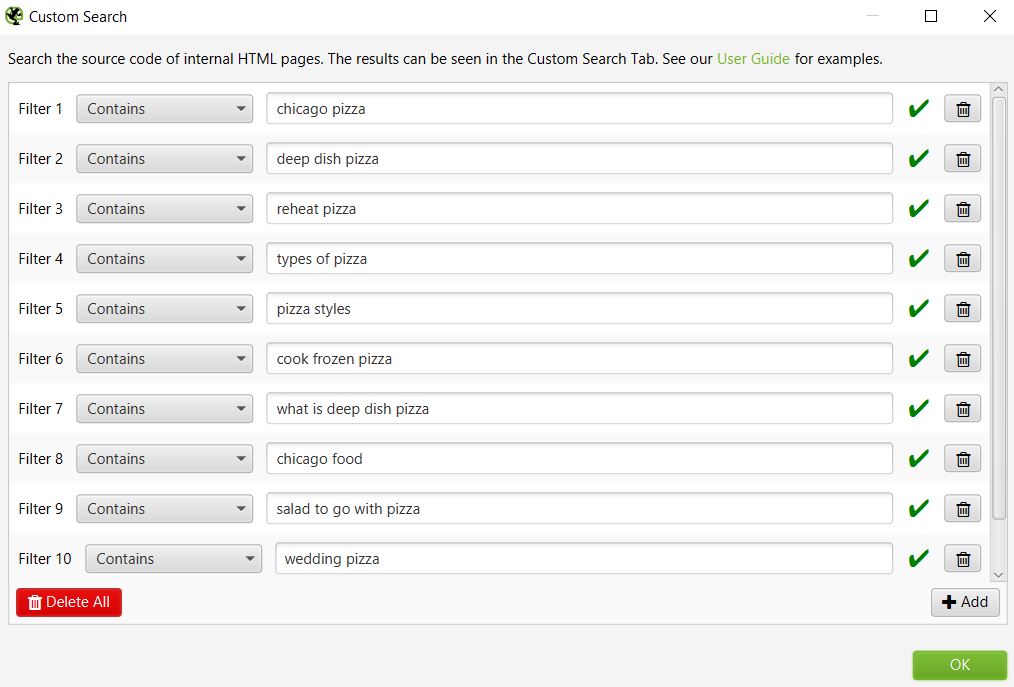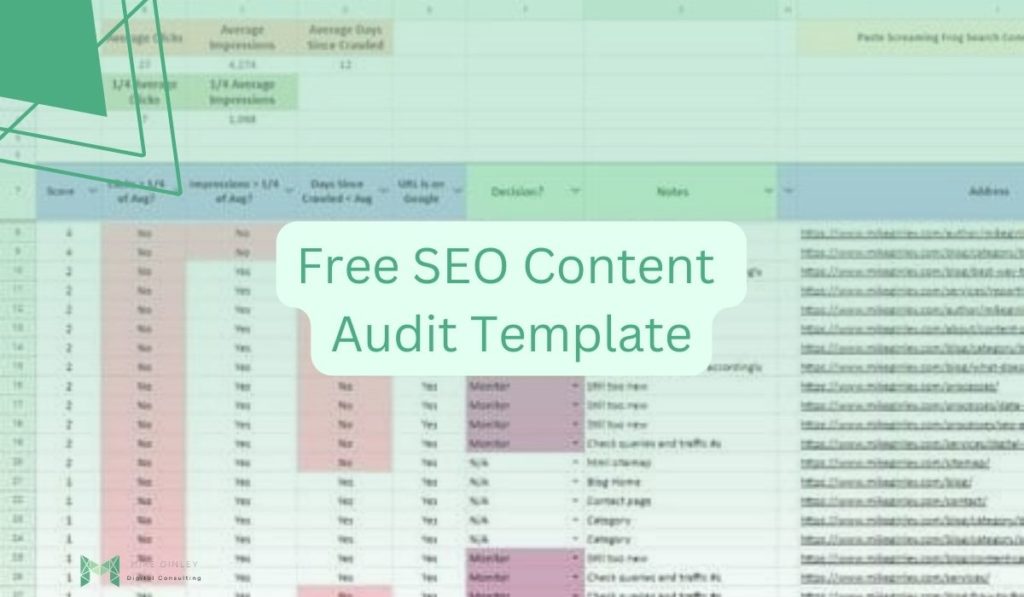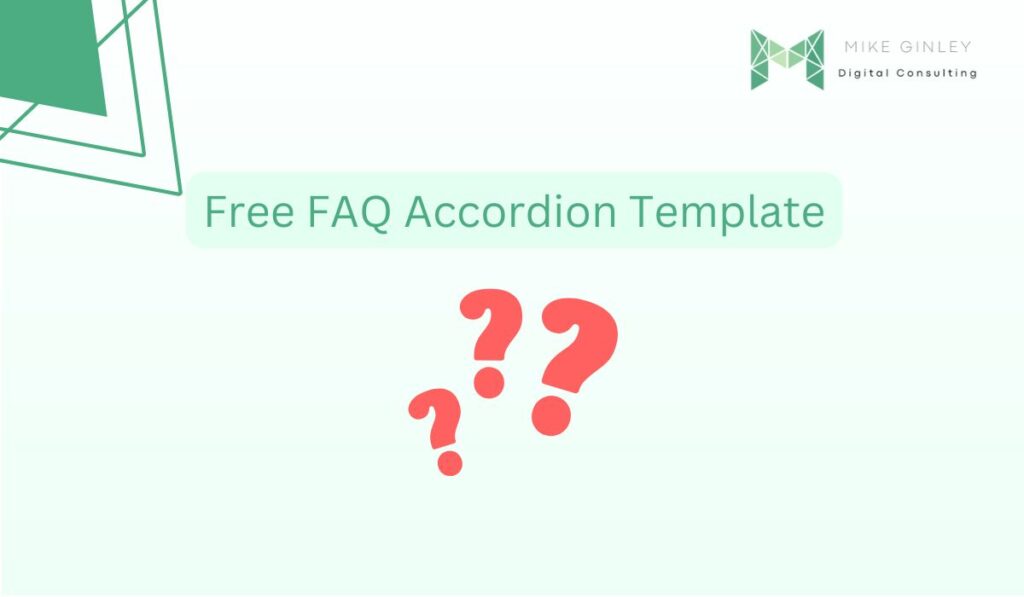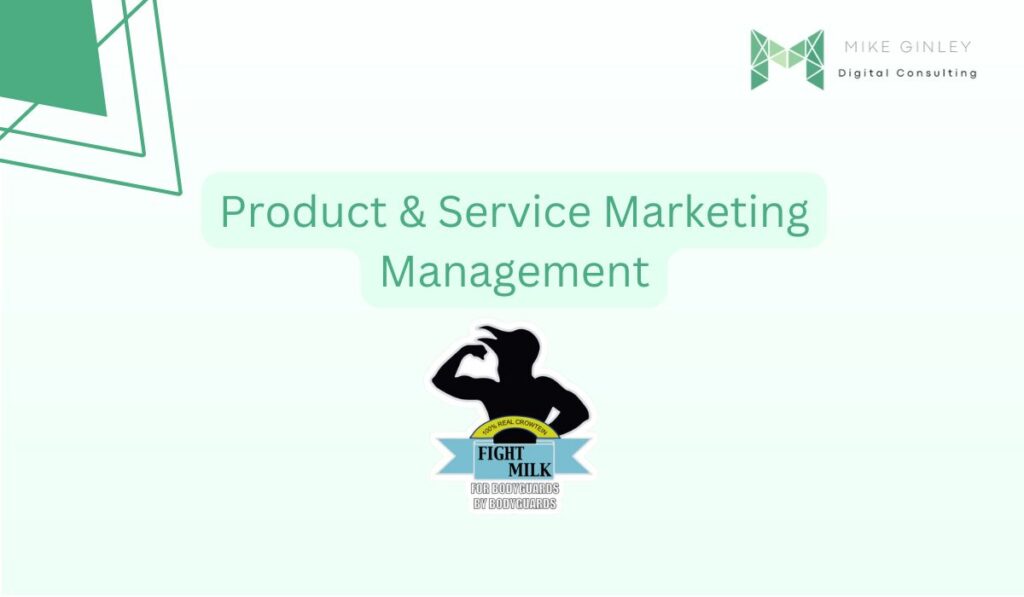TL;DR
- Internal linking is necessary if you want to succeed in search engines.
- You should look for link opportunities every time you publish something.
- If you have a lot of existing content, here is a way to go back and automatically find internal link opportunities.
Internal links to me have become one of the best ways to boost keyword rankings for any site. SEO comes down to two parts, visibility and content (a ton packed into those, however). Crawlers need links for the quality content you create to be visible. There are some amazing posts out there that breakdown the value of backlinks, Kevin Indig’s Internal Linking for SEO: best practices, strategies, axioms (MUST READ) and Andy Crestodina’s 3 Internal Linking Strategies for SEO and Conversions (plus, 10 tips for internal link building) are two posts I recommend everyone check out. In this post, I want to break down a strategy I use to find internal linking opportunities for target keyword rankings using Screaming Frog’s custom search feature. I have used this across many sites and have seen a lot of success with boosted organic visibility.
How To Find Internal Links Video Walkthrough
Internal Link Audit + Find Opportunites
For this audit, you will need access to a keyword ranking tool like SEMrush and a crawling tool like Screaming Frog. For this example, I’m going to use Giordanos.com which I have no affiliation with, just a fan.
Step 1 – Find Target Ranking Keywords:
To start I log into SEMrush and check out the Organic Research section to discover the ranking keywords. I then filter the positions to #5-15 because these are the keywords we are looking to boost (very few organic clicks past position 3). I also remove any branded keywords unless there is a brand ranking issue there we are trying to solve. For now, I am going to stick to non-branded keywords that we want to move up the SERPs. I only chose 10 terms for now, but you can add as many as you want.
Step 2 – Add Target Keywords to Screaming Frog Custom Search:
I like to sort by volume to help prioritize the terms we are going to search. Below shows what the search feature looks like (Configuration –> Custom –> Search), and I’m keeping it simple here just doing ‘contains’ but there are tons of ways to get more specific with the searches. See Screaming Frog Custom Search Guide. I try to keep the terms somewhat broad. If you get too specific you will most likely miss some terms referenced on the site. Towards the end of this post, I highlight what to do if there really are no references on the site.
If no changes are made to the configuration, the keywords will return a result if they are included in the metadata which sort of gives a false positive here since we can’t add any internal links there. Not to worry though, when the crawl is complete I sort by ‘Occurrences’ and if there are more than 1 or 2 we have a good chance for an internal linking opportunity.
Pro Tip! – add-in (?i) and change the type from Text to Regex to disable case sensitivity in Screaming Frog. For example ‘(?i)chicago pizza‘ would catch CHICAGO pizza or Chicago Pizza.

Step 3 – Review Custom Search Results
Below we can see the results of the crawl searching for 10 terms that rank in positions #5-15. We can now go term by term and find areas of opportunity for us to link. If we start with ‘Chicago Pizza’ we see there are 26 pages that reference that term. Now is the time to check out some of the pages and see how the term is being used. Is there an internal link? Is it used in a header? Is it used in the body text at all?
Both of these pages below reference ‘Chicago Pizza’ a couple of times, but none of them link to the page that is ranking for that term. To me, this is a huge area of opportunity. We can easily add the internal links with the keyword-focused anchor text and watch as the crawlers get more visibility to that page.
https://giordanos.com/how-to-make-the-perfect-chicago-style-pizza/
https://giordanos.com/best-places-to-eat-near-wrigley-field/
Step 4 – Add Internal Links & Monitor
When we know where the keywords are referenced on the site, all that is left to do is make sure there is a link to the corresponding ranking page. SEMrush or any other keyword ranking tool will provide that info and you now have everywhere on the site that the target term is referenced. Now is the time to dig in and start adding those links. Grab a coffee, throw on a podcast and get to work!
Make sure to monitor these as you would with any change. I would recommend keeping an eye on the keyword rankings of course, but I would also note the change in the number of inlinks that Screaming Frog will show. I have seen a lot of positive impact by making sure the most important pages on the site have unique inlinks with keyword-focused anchor text. In another post, I used python to combine data from multiple sources to show inlinks and crawl depth can have an effect on traffic.
Additional Step – What If Custom Search Doesn’t Return Anything?
If you look in the first custom search results from the image above you’ll see that the term ‘what is deep dish pizza’ has 0 references throughout the entire site. This will happen from time to time when doing these custom searches and it can be great! This shows there is a content gap and a page should be created or optimized for this term. It’s pretty difficult to rank for a keyword if you never say it on the site.
I love running into some of these because it gives me our next couple of blog topics or site pages that can help boost an already ranking page. We can take the target keyword and optimize the already ranking page, or create something new to help boost it. Depends on if the page ranking is thorough enough to rank highly for that term.
How Does Internal Linking Help SEO
Internal linking involves connecting different pages within your website using hyperlinks. These links allow users and search engine crawlers to navigate your site efficiently, while also distributing the ranking authority and relevance across your web pages. The strategic use of internal links can significantly impact your SEO efforts in several ways:
- Enhanced User Experience: Well-structured internal links make it easier for users to find relevant content, reducing bounce rates and keeping visitors engaged longer.
- Improved Crawling and Indexing: Search engine bots use internal links to discover and index new pages on your site, helping to ensure that all your valuable content gets noticed.
- Keyword Optimization: By linking relevant keywords to their respective pages, you can signal to search engines which terms are important on your site, potentially boosting your rankings for those keywords.
I strongly recommend anyone working in SEO & digital marketing take the time to read the posts linked at the top of this article to fully understand how powerful internal links can be. After that test this process out and add some great links on your site and watch what happens!
Finding Internal Linking Opportunities
Once you’ve audited your existing internal links, it’s time to find new linking opportunities:
- Identify Pillar Content: Determine your website’s cornerstone or pillar content—these are your most important, comprehensive pages. Link to these pages from other relevant pages to establish their authority.
- Use Relevant Anchor Text: When linking internally, choose anchor text that accurately describes the linked page’s content. This helps both users and search engines understand the context.
- Create Content Silos: Group related content together into “silos.” This organizes your website logically and allows for easy internal linking between related topics.
- Utilize Blog Posts: Blog posts are excellent opportunities for internal linking. Reference and link to relevant pillar content from your blog to boost the authority of those pages.
Tools to Aid in Internal Linking
Several tools can simplify the process of finding and managing internal links:
| Tool | Purpose |
| Screaming Frog | Conducts site crawls to identify links – best tool out there! |
| SEMrush | Provides in-depth link analysis – provides keyword insights as well! |
| Google Search Console | Offers insights into internal linking – top pages + clicks/impressions per terms. |
Internal Linking Best Practices
To make the most of your internal linking strategy, consider the following best practices:
- Natural Linking: Ensure that internal links make sense contextually. Don’t overdo it; only link where it adds value.
- Consistency: Maintain a consistent structure throughout your website. This makes navigation easier for users and search engines.
- Avoid Orphan Pages: Every page on your site should be linked to from somewhere else; orphan pages with no internal links may not get indexed.
- Monitor and Adapt: Regularly review your internal linking strategy and adapt it as your site evolves.
What Should I Do To Improve My Internal Linking?
If you do not have access to these tools I highly recommend you look into them. They are not overly expensive and they are absolutely worth the money. If you are looking to improve your web presence and digital marketing strategy yourself, you should check out my DIY SEO + Digital Marketing guide.
If you are looking for some further assistance to take your website and strategy to the next level, you should reach out to a freelance digital consultant or agency. I am available for one-off projects that will deliver you a full strategy + the tools to create a sustainable website. Interested in learning more? Reach out through my contact form or message me on my social channels!



